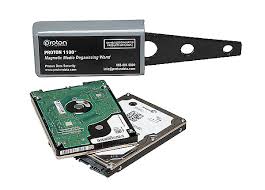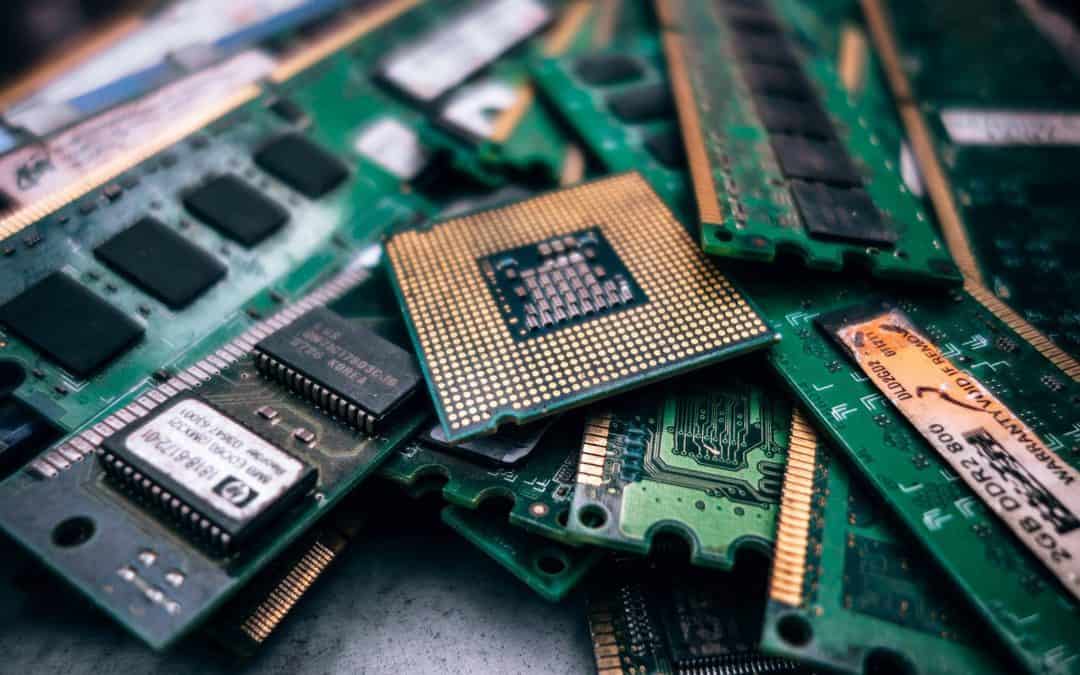What is IT Asset Disposition (ITAD)?
Eventually, all electronic devices come to the end of their useful life. The question is when you arrive at that point, what do you do with them? It is not environmentally responsible to throw them into the trash, where they will end up in a landfill, so it is necessary to search for better options.
Fortunately, there are a number of choices for disposing of end-of-life electronics, whether they be computers, gaming devices, iPods, or cellphones—or even routers and racks from data storage complexes.
IT Asset Disposition or ITAD specifically refers to the process of disposing of corporate electronics and as such, most companies have defined operating procedures that describe the steps that must be taken to ensure that data contained on the devices are completely obliterated. In most cases, a Certificate of Destruction will be required, certifying that all data have been destroyed beyond recovery as part of the IT equipment disposal process.
What is the Best Method of IT Asset Disposition
The most popular ways to dispose of obsolete electronics are:
- Sell as used equipment on eBay, Craigslist, Facebook Marketplace, etc.
- Donate to someone in need or to a charity.
- Take the device to a recycling center.
With the last option, you may be able to get paid for the equipment but if not, you can at least take comfort in knowing that the asset disposition process will be handled efficiently and in an environmentally responsible manner.
However you decide to dispose of end-of-life electronic devices, you must make sure that any sensitive or confidential information is removed and made inaccessible. This involves more than just deleting or reformatting the hard drives. Forensic techniques can still recover data from a formatted drive, even if the data have been overwritten.
Physical destruction is the most secure way to ensure that data are removed, but if the device is to be sold or re-used, that is not possible. In those cases, degaussing is the best option.
What is Degaussing?

The degaussing process offered by ITAD companies involves subjecting the memory device to a powerful magnetic force that will irretrievably corrupt all data, by disrupting the digital recordings, making it impossible for anybody to recover and misuse the information.
Asset disposal companies offering secure ITAD or IT asset disposition services should be able to offer degaussing as part of the disposal process.
Who Should Use Degaussing?
Any company or individual that stores personal information such as medical or health details, or financial data such as credit card or bank account numbers must comply with all regulations and laws relating to secure disposal, and these will usually include degaussing.
Similarly, any storage devices that held documents that were classified and subject to security clearances must follow specific procedures for secure disposal, including degaussing.
<p”>If devices are no longer needed and are not going to be sold, donated, or reused then the simplest means of disposing of the hard drives and their data is to put them through a hard drive shredder. They are capable of reducing the drives to pieces as small as 0.75 inches.
Potomac eCycle is always happy to advise on the most appropriate methods of IT asset disposition and can carry out the procedures either on-site or at their secure premises. They can also provide a detailed chain of custody audit trail and a Certificate of Destruction as part of their asset disposition services.


Recent Comments